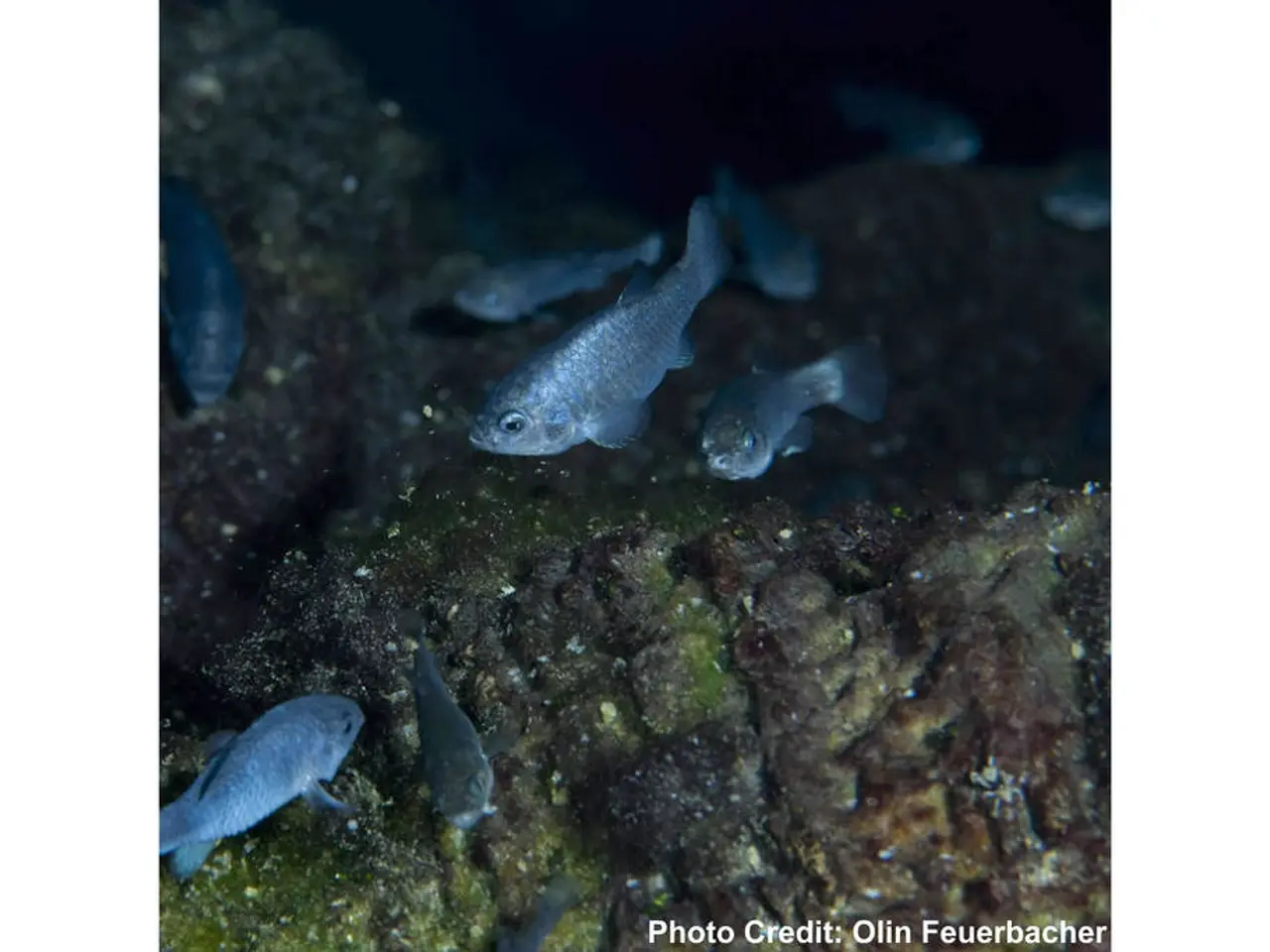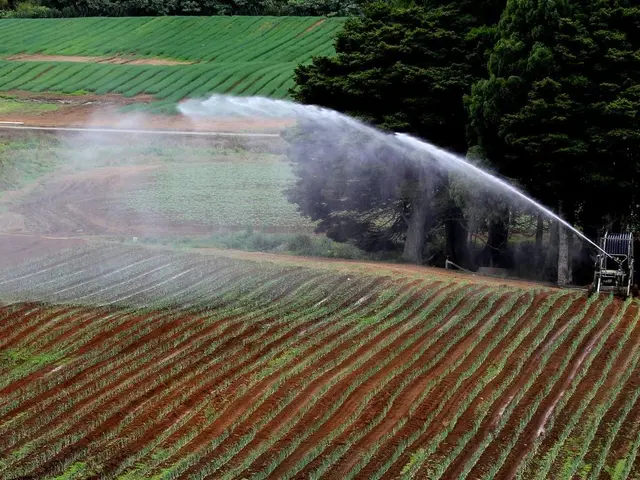Freshwater Quality Thresholds Evaluation
=============================================================================
In a comprehensive article published on July 1, 2006, Bruce Pluta from Region 3 delves into the intricacies of freshwater screening benchmarks, a crucial part of the risk assessment process in Region 3. The article, titled "Freshwater Screening Benchmarks in Region III," sheds light on how these benchmarks are applied in the context of Superfund, ERAGS, and SLERA.
Chronic Exposure vs. Acute Studies
The selection of freshwater benchmarks involves a careful balance between chronic and acute exposure effects on aquatic organisms. Chronic benchmarks, derived from long-term exposure studies, aim to protect aquatic life from prolonged sub-lethal toxicity. On the other hand, acute benchmarks, based on short-term exposure, serve as protective caps during events like spills or pulses of pollutants.
Food Chain Values and Bioaccumulation
Some benchmarks incorporate values based on the potential accumulation of contaminants up the food chain. This is particularly relevant for contaminants like mercury and PCBs, where food chain values account for biomagnification risks that threaten higher trophic levels, including humans consuming fish or wildlife from the water body.
Marine vs. Freshwater Considerations
Freshwater benchmarks are developed using toxicity data specific to freshwater organisms and water chemistry parameters typical of freshwater ecosystems. In contrast, marine benchmarks are separately derived due to differences in species sensitivity, water salinity, and other factors. For instance, selenium criteria have distinct freshwater and saltwater benchmarks as outlined by the EPA aquatic life criteria table.
Region-Specific Data and Modeling
Region 3 benchmarks are refined by considering local environmental data, modeled water quality conditions, and biological monitoring indices such as the Chessie BIBI index. This index classifies sites based on macroinvertebrate community metrics tied to reference (least impacted) and degraded conditions. Modeling hydrological parameters and runoff patterns assists in understanding chemical dispersion and exposure likelihood, informing benchmark adjustment for realistic regional conditions.
Process Summary for Benchmark Selection
The process for selecting freshwater benchmarks in Region 3 involves several key considerations, including chronic exposure, acute studies, food chain values, and distinctions between marine and freshwater environments. It entails collecting and evaluating toxicity data, determining protective benchmarks, incorporating food chain biomagnification potential where relevant, differentiating between freshwater and marine criteria, employing hydrological and water quality models, and refining benchmarks through iterative evaluation.
The "Freshwater Screening Benchmarks in Region III" document includes models approved for DDT, mercury, 2,3,7,8-TCDD, and PCBs from the EPA Great Lakes Water Quality Initiative. A downloadable table of hardness-dependent values for freshwater is available from 2004.
While explicit step-by-step procedures for Region 3 freshwater benchmark selection are not detailed in available sources, the process synthesizes nationally recommended criteria (EPA), regional biological indices (Chessie BIBI), and hydrologic modeling to guide benchmark values that protect aquatic life under both chronic and acute exposure scenarios, including trophic interactions and environmental context.
The document "Freshwater Screening Benchmarks in Region III" is available for download, providing valuable insights into the strategic approach to freshwater risk assessment in Region 3.
- The scientific understanding of potential health-and-wellness effects on humans, especially those with medical-conditions, can be influenced by the contamination levels of various pollutants in water bodies, as food chain values in the freshwater screening benchmarks account for biomagnification risks that threaten higher trophic levels, including humans consuming fish or wildlife from the water body.
- Environmental-science research focusing on freshwater ecosystems plays a vital role in promoting health-and-wellness through improved water quality, as freshwater benchmarks are developed by considering local environmental data, modeled water quality conditions, and biological monitoring indices to protect aquatic life under chronic and acute exposure scenarios, aiding in the prevention of environmental contamination and potential threats to human health.




